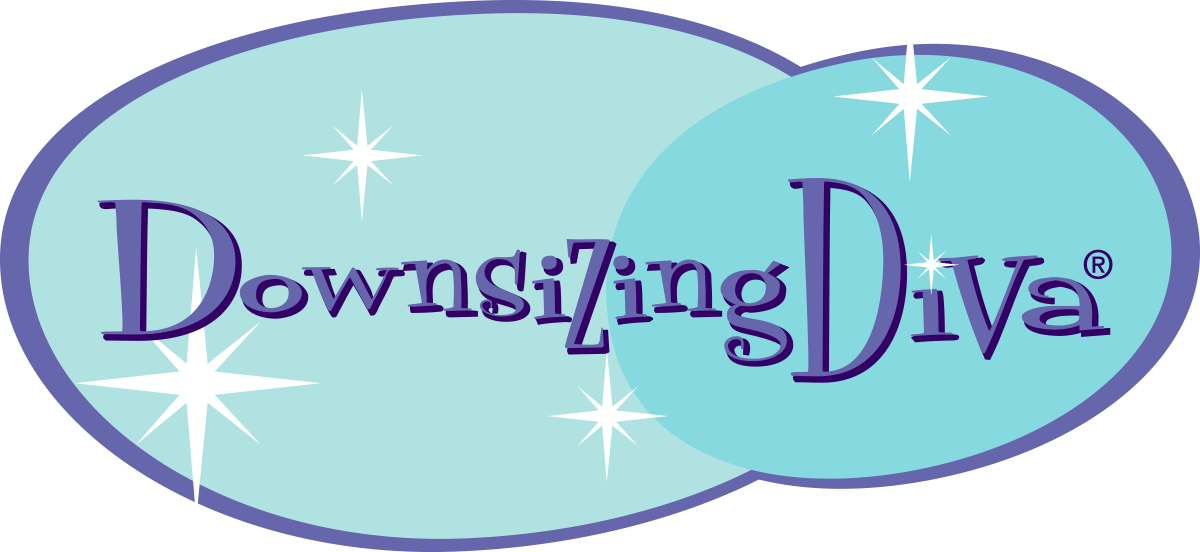COLLECTOR, CLUTTER OR CHRONIC DISORGANIZATION?
- heather78876
- Aug 4
- 3 min read
We frequently receive calls from clients who believe they are hoarders and need our assistance. However, nearly 98% of the time, they are not hoarders but rather individuals living with varying levels of clutter. A person living in chronic disorganization (aka a hoarder) may have conditions like depression, obsessive-compulsive disorder, dementia, and PTSD, which can occasionally lead to impaired decision-making abilities, fostering strong impulses to collect and an inability to discard items in their collection. Despite being completely unusable, hoarders will feel extreme distress about discarding anything.
Let’s look at the differences between a collector, clutter, and chronic disorganization.
COLLECTOR:
Collectors usually maintain organized collections, with each item differing from others to create unique and often valuable sets. A key reason for collecting is to showcase these items to those who appreciate them. The collections may occupy one room or many rooms. This could be a collection of model trains, a collection of dolls, or a collection of vintage typewriters.

CLUTTER:
Clutter is a large group of objects piled and disorganized in spaces designed for other purposes. e.g. tabletops, floor, hallway and stairs. There are different degrees of clutter.
Here is a breakdown of five levels of clutter according to The Institute for Challenging Disorganization.

LEVEL 1 – LOW CLUTTER
No intervention is needed.
In a level 1 situation, there are slight amounts of clutter in the home, some potential challenges with the client in discarding items, and generally safe conditions, i.e., all doors and windows are accessible. The plumbing is working. Functional fire and carbon monoxide detectors are working. All the rooms are being used for their intended purposes.
Some areas in the home are accumulating an excess of items. While pathways generally remain clear, there may be some challenges with organization and potential hazards like fire risks due to heat sources.
LEVEL 2 - GUARDED
Requires Professional Organizers
Clutter begins to obstruct pathways and important spaces, possibly resulting in unpleasant odours and possible pest infestations. Sanitation problems can emerge, making some rooms harder to use effectively. One exit is blocked. Some evidence of inappropriate animal control. Some appliances are not working. There are non-functional or nonexistent fire and CO detectors.
LEVEL 3 - ELEVATED
Professional organizers and possibly mental health professionals may be required.
This stage involves light structural damage, mold growth, and severe sanitation problems. Multiple rooms become unusable, exits may be completely blocked, and there's a high risk of respiratory issues and other health problems. Dirty laundry may be seen scattered throughout the house. Several appliances are not working,
and there is evidence of animal and insect waste.
LEVEL 4 - HIGH
Mental health and/or medical and financial issues are frequently involved.
May require all or some of the following support systems: professional organizers, mental health professionals, pest and animal control officers, financial counsellors, contractors and handymen.
In level 4, there is an overwhelming amount of clutter that severely impacts home functionality and poses significant health and safety risks, such as fire hazards, structural damage, and unsanitary conditions.
Water-damaged floors and damaged walls are visible. Odours are evident. There is evidence of rotting food. There is diminished use of or accessibility to key living areas. Dishes and utensils are unusable. Toilets, sinks and tubs not functioning. Visible animal waste and bug infestation.
LEVEL 5 – CHRONIC DISORGANIZATION – SEVERE
A collaborative team will be required. The individual might be involved in legal proceedings such as conservatorship, guardianship, divorce, custody, eviction, or condemnation proceedings.
Extreme indoor and outdoor clutter. Irreparable damage to the structure. All rooms are not being used for the intended purposes. Toilets, sinks and tubs are not functioning. Human and animal urine and excrement are present. Dishes and utensils are buried or non-existent. Full PPE is required.

We hope this helps you to understand your level of clutter. No matter what the level is, we can support you alone or with additional resources.






Comments